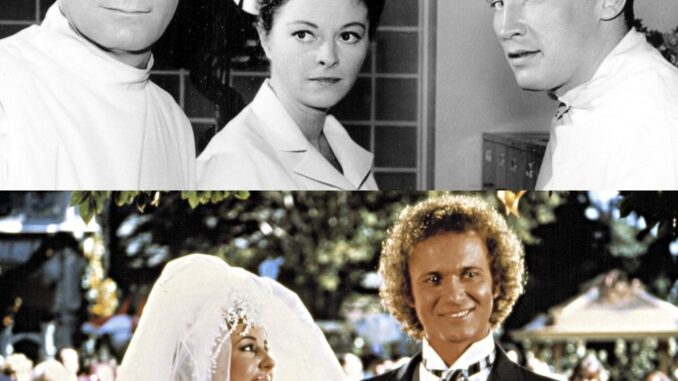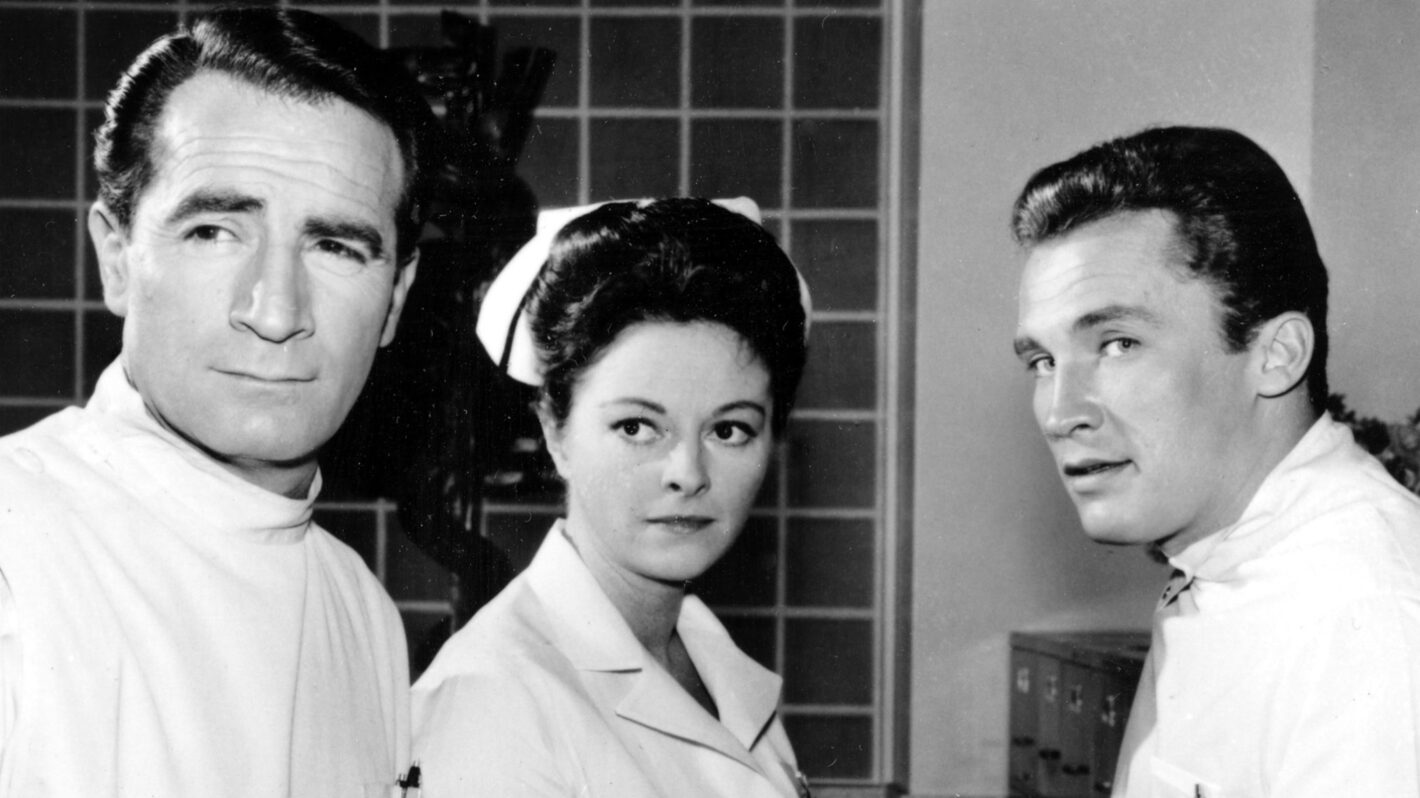
When General Hospital first aired on April 1, 1963, few could have imagined that it would grow into one of the most enduring and influential television series in American history. What began as a modest daytime drama about life inside a fictional hospital has become a cultural touchstone, winning countless awards, launching star careers, and earning a Guinness World Record as the longest-running American soap opera still in production.
For over six decades, GH has been more than entertainment—it has been a reflection of American life. Through every societal change, every cultural shift, and every generation of viewers, the show has evolved while staying true to its emotional core: human connection, moral struggle, and the constant fight for love and redemption.
The series’ debut in 1963 came at a time when television was still young, and daytime dramas were considered niche entertainment. Yet GH quickly distinguished itself. Its setting—a hospital—became the perfect stage for both intimate storytelling and high-stakes drama. The early years focused on the personal and professional lives of the doctors, nurses, and patients who passed through its halls, mirroring the moral challenges and emotional turbulence of real life.
But General Hospital didn’t just survive the decades—it reinvented them. By the late 1970s and early 1980s, it transformed into a cultural powerhouse. The love story of Luke and Laura captivated millions, their 1981 wedding drawing over 30 million viewers—still one of the most-watched events in television history. It was the moment GH became not just a soap, but a phenomenon.
As the years passed, the series continued to push boundaries. It tackled bold, often controversial storylines: HIV and AIDS awareness in the 1990s, mental health, domestic abuse, and even social justice issues woven into gripping drama. While some soaps faded away, GH adapted—never afraid to confront reality while still giving fans the escapism they craved.

Its strength lies in its characters. Generations of viewers have grown up with the Quartermaines, the Spencers, and the Corinthos family. These names carry emotional weight because they’ve lived through everything—love, betrayal, loss, and renewal. Each new era brings a fresh layer of storytelling while honoring the history that made GH iconic.
Equally important are the actors who brought those stories to life. Tony Geary, Genie Francis, Maurice Benard, Finola Hughes, Laura Wright, and so many others have become household names because of their unforgettable performances. Their portrayals gave the show heart, humor, and depth—turning soap roles into something timeless.
What truly separates General Hospital from others, however, is its ability to adapt while staying grounded in its emotional truth. As television evolved through streaming platforms, social media, and shifting viewer habits, GH found new life. Its storylines embraced modernity without abandoning the heart of what fans loved—family, romance, danger, and hope.
Even now, the show continues to deliver the unexpected. Fans remain fiercely loyal, discussing every twist online, analyzing every relationship, and celebrating its history with pride. When anniversaries roll around, the nostalgia is palpable. Viewers who started watching with their parents now watch with their children. That’s the magic of General Hospital: it transcends time.
Winning the Guinness World Record for the longest-running American soap opera isn’t just a milestone—it’s a testament to endurance. It represents the work of thousands of writers, actors, directors, and fans who’ve kept its heartbeat alive.
From its debut in 1963 to the present day, GH has been a mirror of life—sometimes messy, sometimes heartbreaking, always hopeful. It reminds us that no matter how many storms come, love and perseverance can outlast them all.
